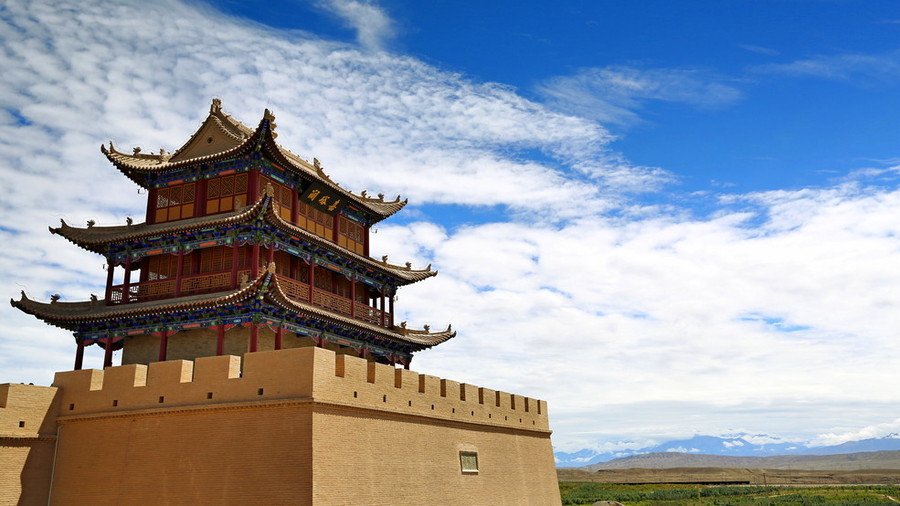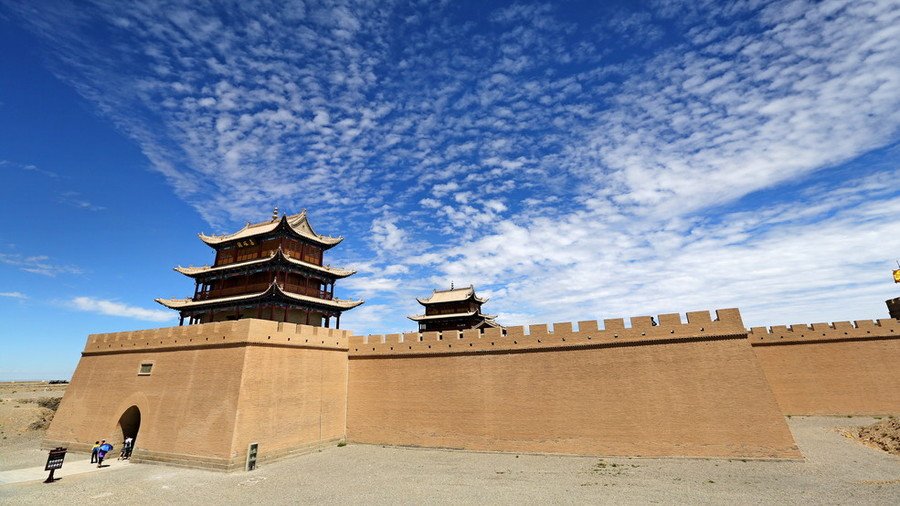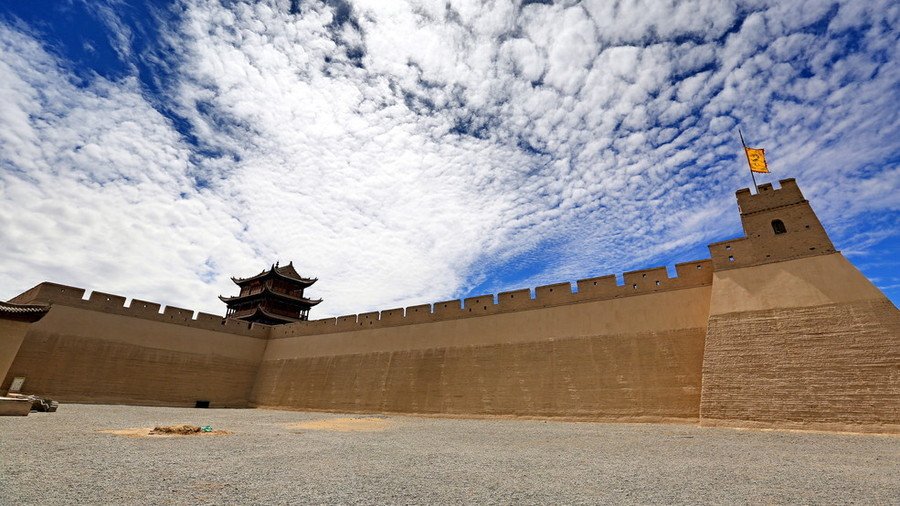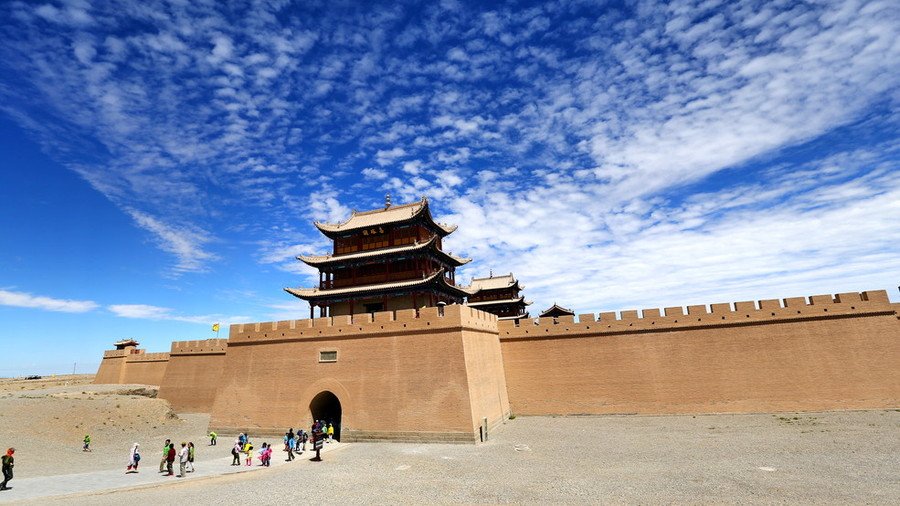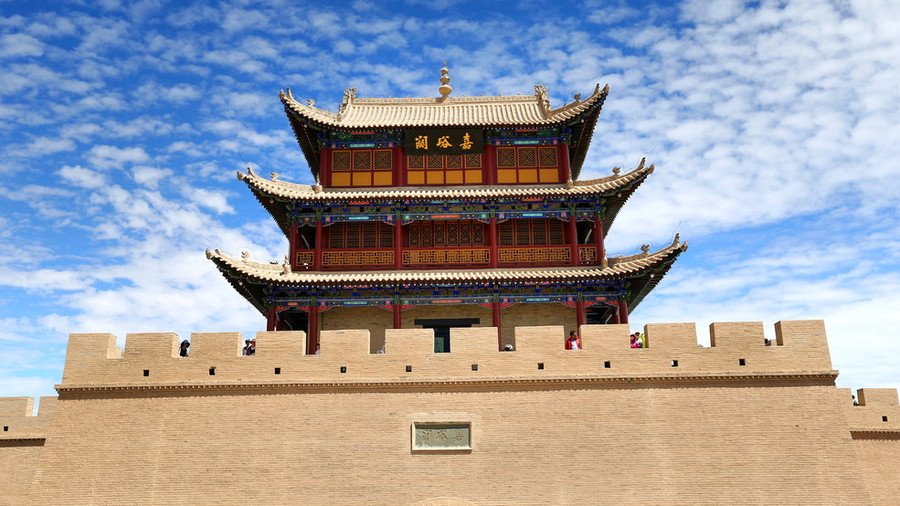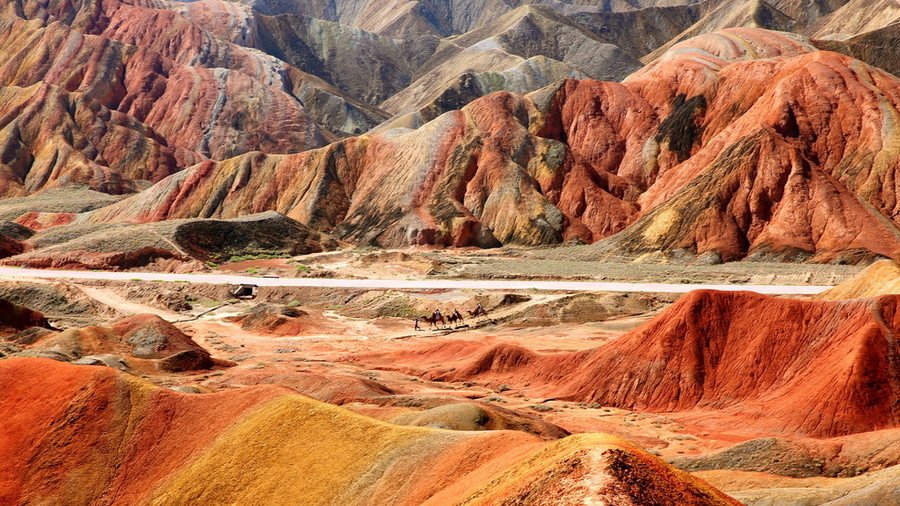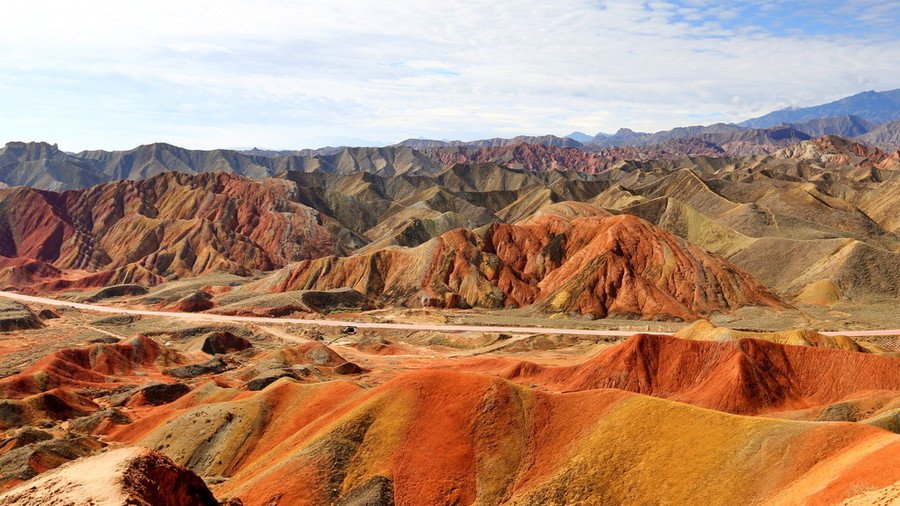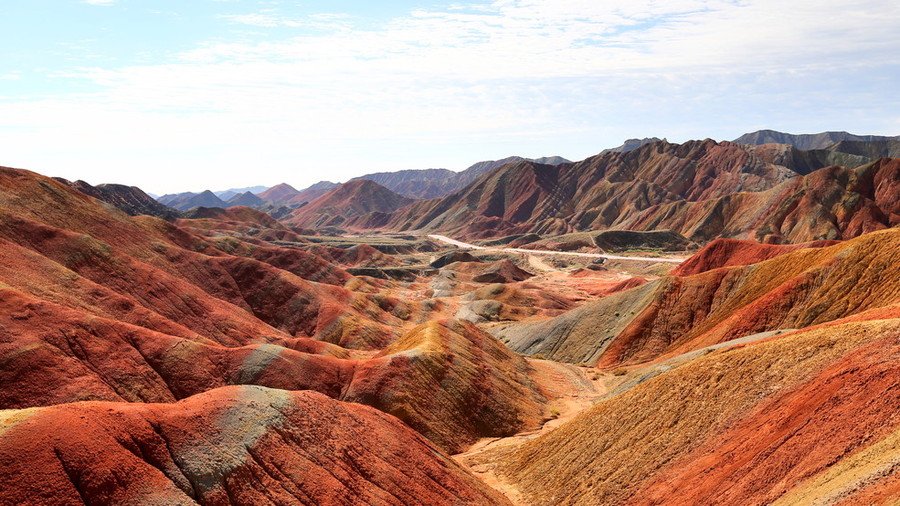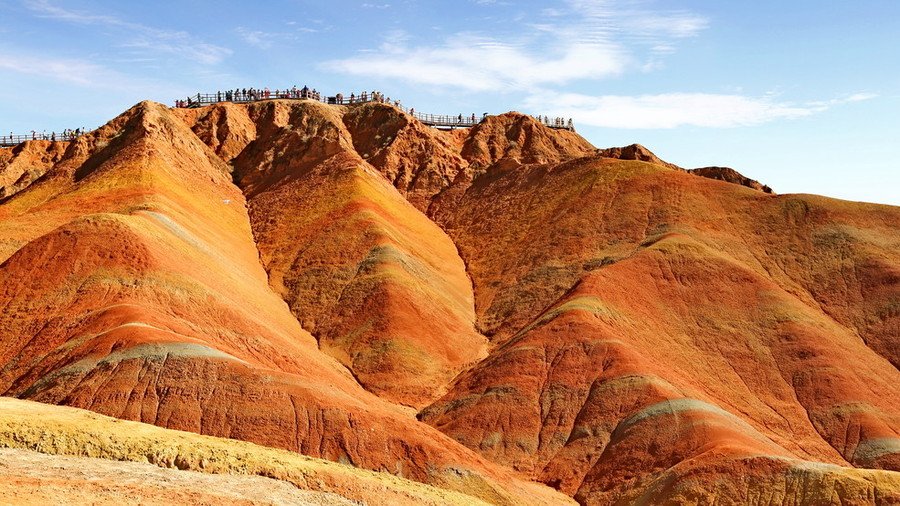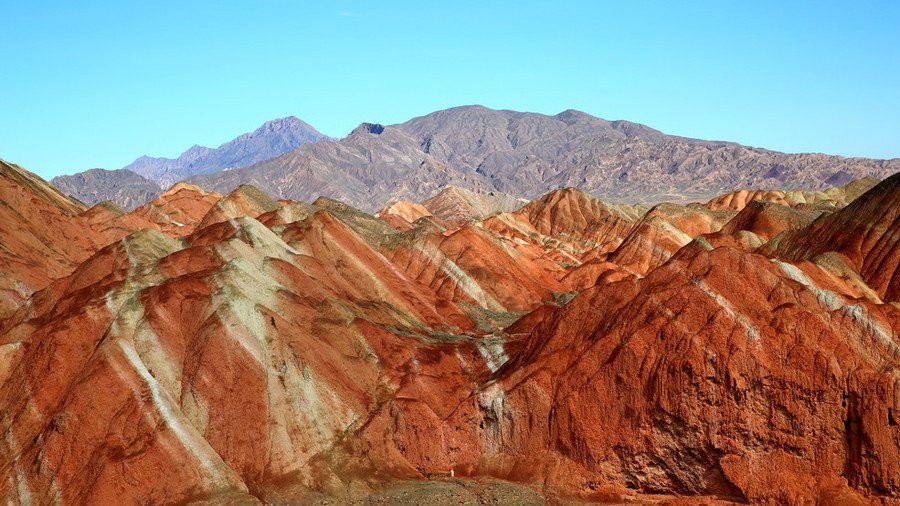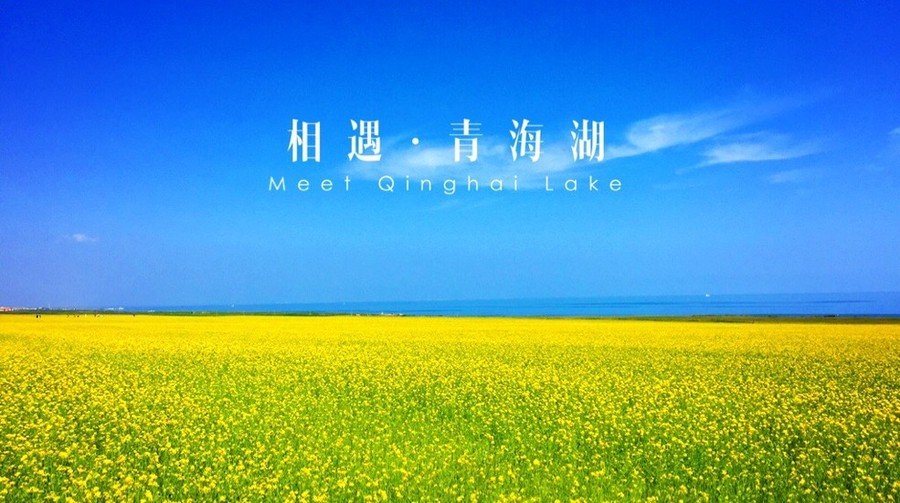
The introduction of Qinghai Lake
Qinghai Lake in the north-east of the Qinghai-Tibet Plateau, the lake elevation 3,196 m, with an average depth of 18.6 meters, the deepest 32.8 m, length 360 km Lake. Things 106 kilometers long, 63 kilometers wide north-south area of 4,583 square kilometers, the water capacity of 85.4 km 3. Buha River, ganjig, such as more than 40 of them into the river. Qinghai Lake did not drain exports, China's largest inland lagoons. Qinghai Lake since about 200 to 20 million years ago because of crustal movement and the formation of a rift lake, the lake water into the Yellow River began, due to the surrounding mountains rise Yam Cypriot outflow of the lake's water, have formed today's inland lakes the.
Numerous birds in Qinghai Lake, a major varieties of Bar-headed Goose, fish gulls, brown head gulls, cormorants, red brown, and so more than 10 species, gathered each spring to the island. Lake has Hoi Shan, Hercynian Hill, three stone and other islands. These islands are a paradise for birds, crowded around the cliff cliff nest, eggs are abound. Lake also live in a kind of naked carp, also known Hehuang fish without scales, known locally as the King of the Lake, a famous seafood. In recent years because of the destruction of human activities, whether it is birds or fish are in a situation of extinction, people have some understanding of this is for protection.
Qinghai Lake is located in the northwest region, the Great Lakes region cold and dry, there are great changes in temperature, rainfall concentrated in about 380 mm in precipitation. Qinghai Lake into the river for more than seasonal rivers, resulting in declining water level, narrow lake, the water salinity increased.
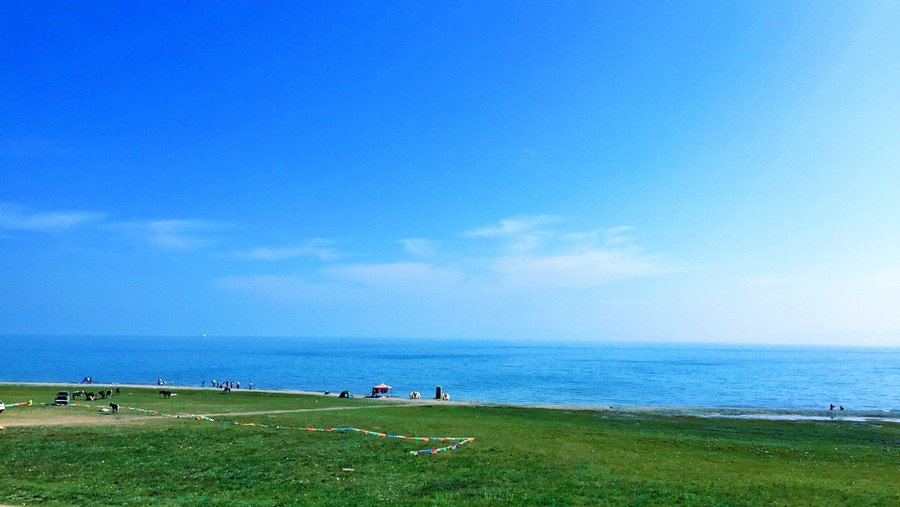

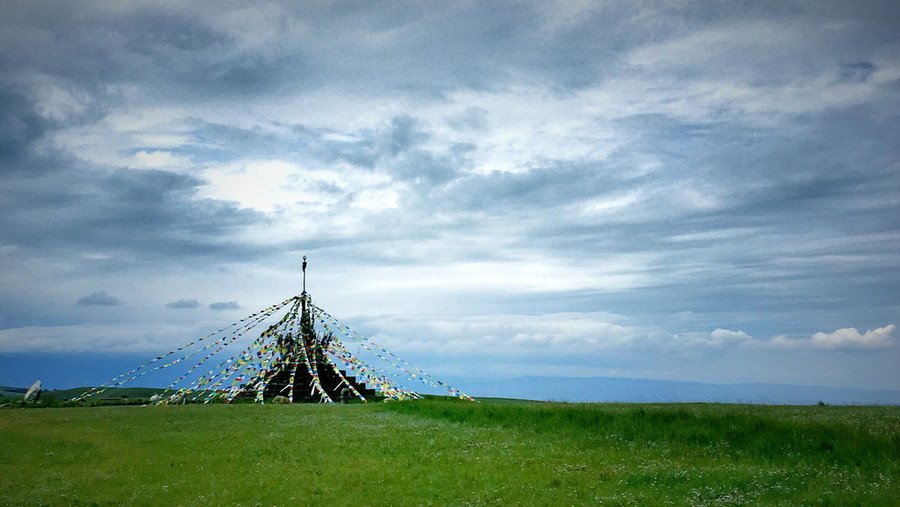
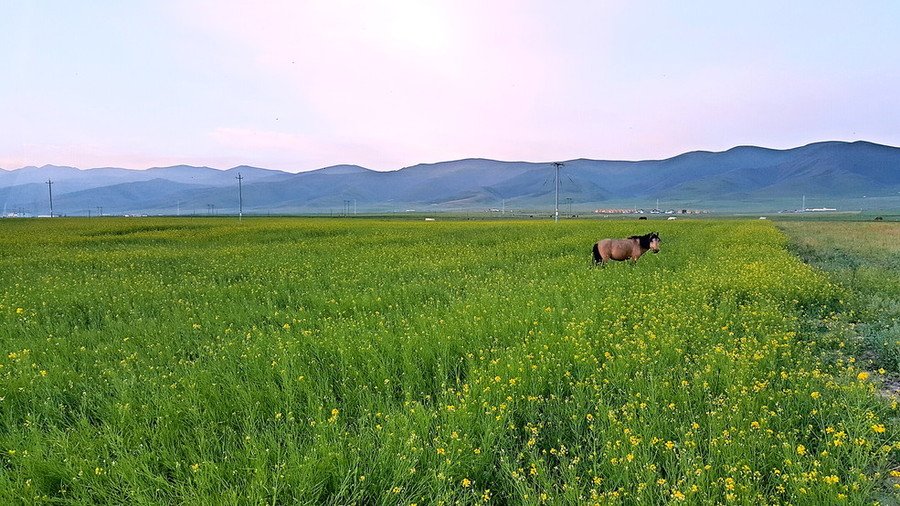
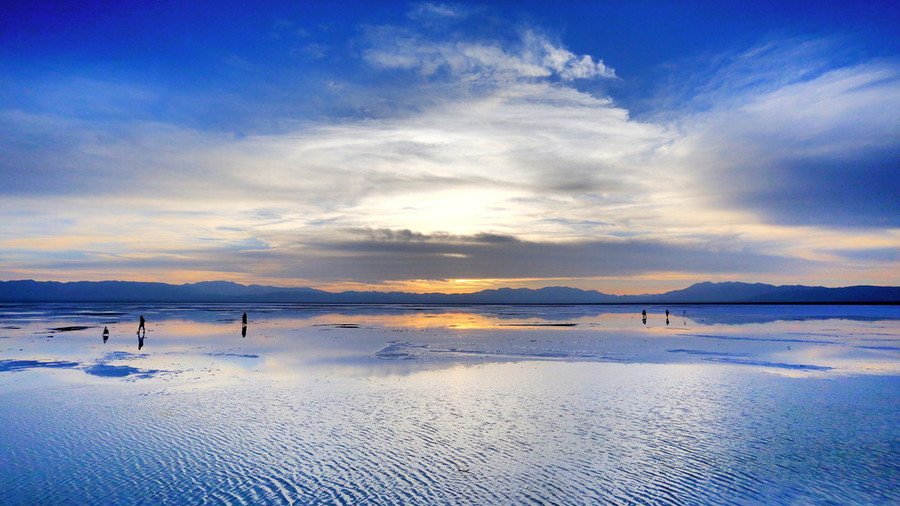
Mingsha hill and crescent moon spring
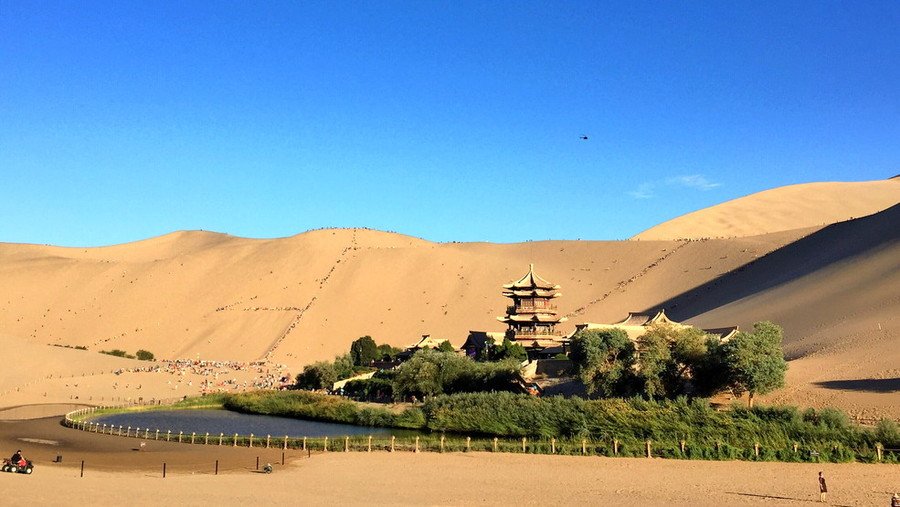


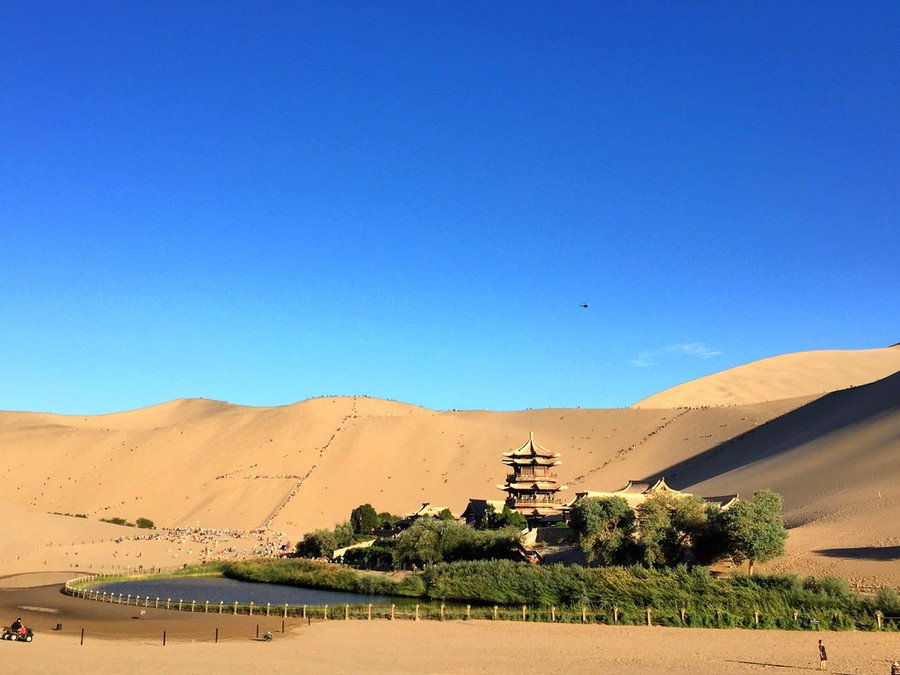
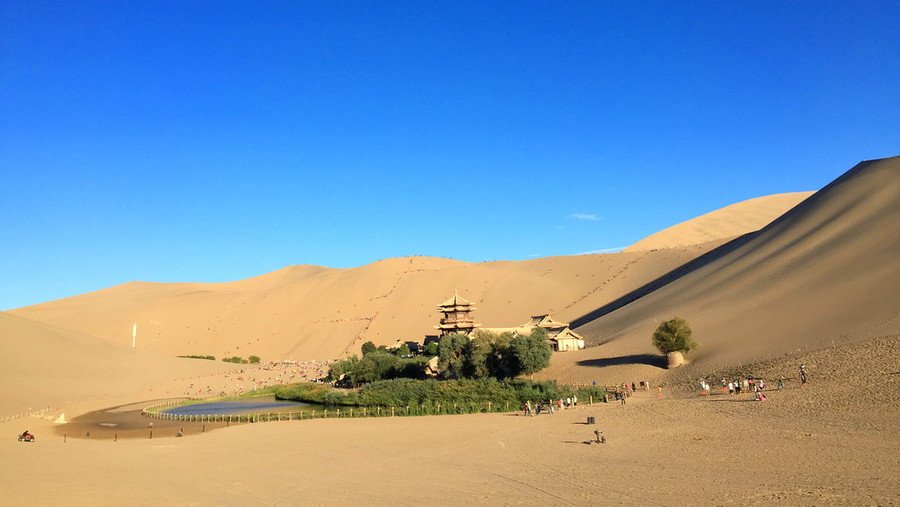
Jiayuguan Pass
Jiayuguan is home to Jiayuguan Pass, the largest and most intact pass, or entrance, of the Great Wall. Jiayuguan Pass was built in the early Ming dynasty, somewhere around the year 1372. It was built near an oasis that was then on the extreme western edge of China. Jiayuguan Pass was the first pass on the west end of the great wall so it earned the name “The First And Greatest Pass Under Heaven.” Legend goes that the official in charge asked the designer to calculate how many bricks would be used. The designer gave him the number and when the project was finished, only one brick was left. It was put on the top of the pass as a symbol of commemoration.
The fortress there was greatly strengthened due to fear of an invasion by Timur but Timur died of old age while leading an army toward China. It was also a feared place as here Chinese who were banished for various crimes were ordered to leave toward the west and never return.
